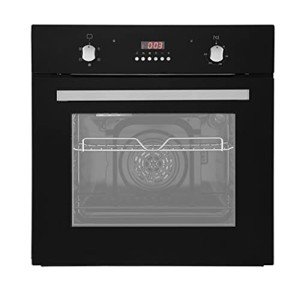10 Healthy Built In Range Habits

Comprehending the Built-In Range: A Deep Dive Into One of the Most Versatile Programming Features

The built-in function range() is among the most commonly utilized features in shows, especially in Python. Its simpleness and versatility make it an important tool for designers, engineers, and data researchers alike. In this article, we will explore the basic aspects of the built-in range function, its syntax, usage cases, and some practical examples to help you take advantage of its power in your coding endeavors.
What is the Built-In Range?
In Python, the range() function produces a sequence of numbers. It is frequently utilized for iteration, especially within loops, making it possible for programmers to perform a block of code a specific number of times without manually specifying each iteration.
Syntax of the Range Function
The range() function can take one, two, or three arguments, and its basic syntax is as follows:
range( start, stop, step).
start: The starting point of the sequence (inclusive). If left out, it defaults to 0.
stop: The endpoint of the sequence (unique). This argument is required.
Ovens & Hobs : The distinction between each number in the sequence. If omitted, it defaults to 1.
Examples of Using Range.
Fundamental Usage: Using range() in a simple for loop to print numbers from 0 to 4:.
for i in range( 5 ):.
print( i).
Output:.
0
1.
2.
3.
4.
Defining a Start and Stop: You can specify both a starting point and an endpoint:.
for i in range( 2, 6):.
print( i).
Output:.
2.
3.
4.
5.
Using a Step Value: The step criterion enables you to control the increments:.
for i in range( 0, 10, 2):.
print( i).
Output:.
0
2.
4.
6.
8.
Counting Backwards: The step can likewise be negative, permitting counting down:.
for i in range( 5, 0, -1):.
print( i).
Output:.
5.
4.
3.
2.
1.
Practical Applications.
Iterating Over Lists: While using range() prevails in for loops, it can also be beneficial for iterating over the indices of a list.
fruits = [' apple', 'banana', 'cherry'] for i in range( len( fruits)):.
print( f" i: fruits [i] ").
Output:.
0: apple.
1: banana.
2: cherry.
Creating Number Sequences: The function is useful for creating sequences of numbers, which you may require for algorithms or data manipulation.
number_list = list( range( 10, 21)).
print( number_list).
Output:.
[10, 11, 12, 13, 14, 15, 16, 17, 18, 19, 20] List Comprehensions: range() works magnificently with list understandings for more condensed expressions.
squares = [x ** 2 for x in range( 5)] print( squares).
Output:.
[0, 1, 4, 9, 16] Conclusion.
The built-in range function is a basic function in Python that provides an easy method to produce sequences of numbers, which can be utilized for a variety of programming jobs. Whether you are working on loops, creating lists, or carrying out algorithms, comprehending how to make use of range() is important for reliable Python coding. As you continue to explore the language, you'll undoubtedly find brand-new ways to leverage this powerful tool, making your programming tasks more effective and structured.
